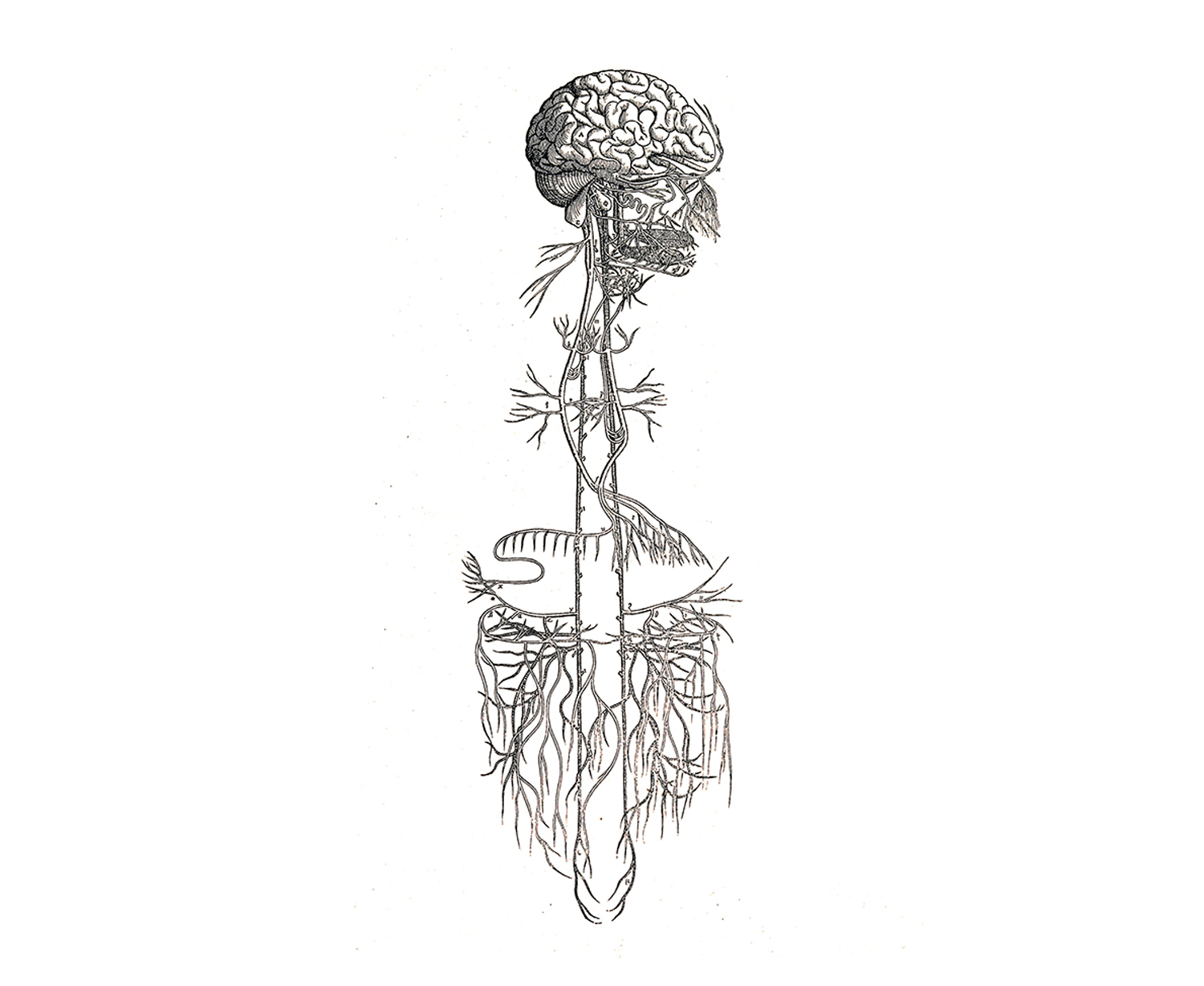The Autonomic Nervous System
The autonomic nervous system works in an involuntary (autonomous) manner in the human body, providing adaptation to changes in the external and internal environment; heart, lungs, veins, intestines, and reproductive organs, including vital system control.
The autonomic nervous system consists mainly of two parts:
1- The sympathetic nervous system that causes “fight or flight” mode in situations such as stress, danger, attack, panic, etc.,
2- The Parasympathetic nervous system, which is called “rest and digest” calms the body, provides growth and development, reduces stress, among other attributes.


The Autonomic Nervous System Dysfunction
The sympathetic and parasympathetic nervous systems usually play opposite roles in the body, when the activity of one increases the other is suppressed. In healthy people, these two systems are generally expected to be in balance (homeostasis).
However, external factors such as chronic stress, intense physical activity, hyper inflammation, etc. can lead to increased activity in the sympathetic nervous system. In this case, the sympathetic system creates a common response in the body and can significantly suppress the parasympathetic system. This disruption of the body’s coherence is called autonomic nervous system dysfunction and brings with it long-term discomforts and disorders associated with autonomic dysfunction.
The presence of autonomic nervous system dysfunction (or dysregulation) may cause hypertension, obesity, chronic pain, depression, sleep disorders, chronic fatigue, gastrointestinal disorders, and immune system problems.
The regulation of this functional impairment can cure diseases related to autonomic nervous system dysfunction. That’s why the stimulation of the afferent branch of the vagus nerve in the ears plays a significant role in the control of autonomic nervous system dysfunction.
The Vagus Nerve
The vagus nerve is the tenth cranial nerve. It is the longest nerve that runs all the way from the brain stem to part of the colon. It is also the biggest part of the parasympathetic nervous system. The vagus nerve has a great role in the regulation of homeostasis.
The vagus has a superficial afferent branch (auricular) in both ears. This branch is important because it can be stimulated non-invasively and it is not directly linked to internal organs. Thus, no surgical operation is required to stimulate the vagus nerve, and it is safer in terms of both this and the absence of connection with internal organs.


Non-İnvasive Auricular Vagus Nerve Stimulation
Since the vagus nerve is the biggest part of the parasympathetic nervous system, stimulation of the vagus nerve may increase the activity of the parasympathetic nervous system. Through this process, the autonomic nervous system balance can be restored and the disorders related to the dysfunction can be eliminated.
Since the neurons communicate using electrical signals, electrical stimulation of the vagus nerve is a safe and effective way to increase the activity of the parasympathetic nervous system.
Data-Driven & Customized
Due to the variety in the characteristics of the autonomic nervous system, our clinical experiences demonstrate that stimulation parameters must be customized. That’s why our IoT-based wearable digital health tech platform collects data and provides personalized stimulation parameters with the help of machine learning algorithms. This unique and novel approach we utilize not only increases the effectiveness of the therapy but also makes it safer.
Safe and Effective
Vagus Nerve Stimulation (VNS) is an FDA-approved neuromodulation technique and it has been used since the 1990s. As Vagustim, our safe and effective novel technology utilizes the power of VNS by doing it 100% non-invasive and customized.
